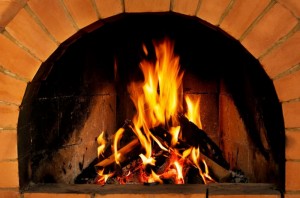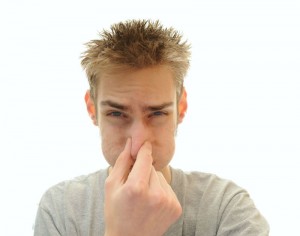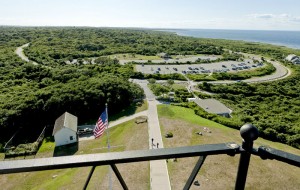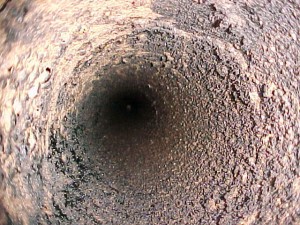The Benefits Of Refractory Mortar
Did you know your fireplace and chimney may be constructed using only standard bricks and mortar? However, today’s chimney professionals know that there are benefits to choosing refractory materials for fireplaces and chimneys. More than that, it’s required by the International Residential Code (IRC) and the International Building Code (IBC).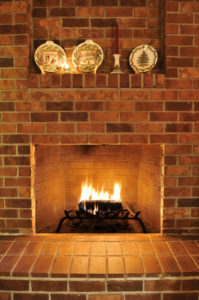
Safety First
If you choose an amateur to build or repair your firebox, he may cut corners and costs by failing to use the right materials! This is a dangerous hazard and will result in damage to the masonry and heat transfer to the structural materials of the home. It also lowers efficiency and increases fire risk. Whats else happens if refractory mortar isn’t used, along with fire bricks? There will be recurring damage, which an amateur or con artist may repeatedly repair. This can end up costing you a fortune. A certified chimney sweep who is trained in masonry construction and repair knows the necessary materials to help keep customers safe this winter.
Choosing the Right Professional
When you choose a professional to complete your chimney and fireplace rebuilds and repairs, you can rest assured that they know what they’re doing. A CSIA Certified Chimney Sweep® (CCS) will use the proper materials that will offer the safest and most efficient fireplace and chimney system. Chief Chimney Services has been operating in Suffolk County for over 20 years! We are aware of municipal codes and industry standards. In addition, we’ve acquainted with general contractors in the area who often work with us.
Using the Wrong Mortar
Using the wrong materials when building or repairing a chimney can mean a devastating fire. Don’t hire a chimney sweep who is inexperienced and uses incorrect materials! Doing so may result in your homeowners insurance having grounds to deny your claim in the event of a fire. Some professionals may cut corners by adding fire-clay to regular mortar. This is not recommended and does not get the same result. Only a refractory mortar, designed to be as strong as fire brick and flue tiles, can withstand the regular high temperatures and abuse of a fireplace and chimney.
Some professionals and homeowners alike think it’s okay to use standard mortar mix, if you only use the fireplace occasionally. This is precisely why it is against residential and building codes! If the home is sold or property is otherwise transferred, the new owner is stuck with the unsafe chimney. Perhaps they will want to light a fire every night, instead of only occasionally. This puts people at risk that can be avoided.
Do you think your fireplace or chimney was constructed or repaired improperly? There is still time to have it inspected by a CSIA certified professional before winter! A Chief Chimney technician can quickly assess your chimney system for problems and plan accordingly. Our sweeps are standing by to talk to you about refractory mortar and more. Call 631-863-2460 or request an appointment online.

